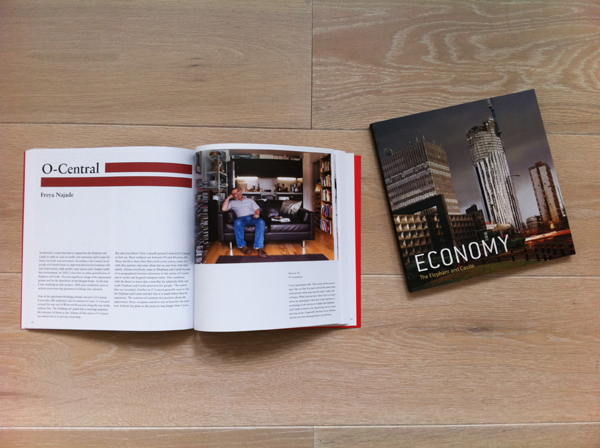Pears II
March 26, 2012
New Webpage
March 19, 2012
I am excited about my new webpage which I can finally update myself and has some of my work in progress including a selection of portraits!
Book Launch
March 11, 2012
It was great fun on Thursday at the exhibition opening and the accompanying book launch of Elephant in Focus: Economy. I am happy to show seven pictures of my project O-Central in the book and in the exhibition. The book looks great and is the third of the trilogy that includes Home and Community. All three of them are the product of the project Elephant Vanishes of the LCC. A website will be launched later in 2012 www.theelephantvanishes.com.
This Thursday I will give together with other participants of the project a talk about our experience pursuing our projects. If you feel like coming along, you can find the details below.
Elephant in Focus: Meet the Photographers
Thursday 15 March, 6pm
The Cuming Museum, Old Town Hall, 151 Walworth Road, London, SE17 1RY
Raspberries and Pears
March 7, 2012
Elephant in Focus
March 5, 2012
From tomorrow onwards I am going to show The New Residents in the Cuming Museum. The work originates from the times when I did my masters at the LCC. It’s a group show of former students documenting the regeneration of the borough of Elephant and Castle in London.
It’s nice to get the work out of the cupboard again. And it’s also quite exciting because there will be a book. The official opening night will be on the 8th. So come and have a look if you are around!
Tomatoes
February 25, 2012
© Freya Najade
© Freya Najade
In order to consume locally grown tomatoes in countries such as Netherlands, UK, Germany, the tomatoes need to be produced in heated green houses.
Tomatoes locally grown allow a more instant distribution to the consumer and supposedly minimise the use of carbon since less fuel is needed to transport the goods. One green house with a size off 12 ha (17 football fields) produces 3000t tomatoes per year.
The tomatoes are grown on rock wool and not in soil, which allows total control of the nutrients and the water entering the plant system. Like this the plants are according to the growers less likely be infected by a disease and a smaller amount of pesticides is needed. The irrigation, the nutrients and also the climate inside a green house are precisely managed by a computer system. To boost the harvest the growers often add CO2 to the plants.
In order to produce in more sustainable ways and to keep the cost of energy low the green house above is heated by the waste heat from a near by nuclear power station.
© Freya Najade
Modern apple growers use apple varieties that are grafted onto Dwarfing Rootstocks. Developed at a research station in Kent these rootstocks reduce the tree size, but not the size of the fruit or the amount of fruits harvested. The trees need less water and less space than traditional apple trees, which makes high density planting possible. The fruits are more accessible and easier to pick, because the trees are smaller.
James Ball – Britain in Space
February 13, 2012
Nice project by Jame’s Ball about the British space industry.
© James Ball
© James Ball
© James Ball
Bombay Beach
February 8, 2012
Go and watch the movie Bombay Beach if you can! Storytelling at it’s best.













